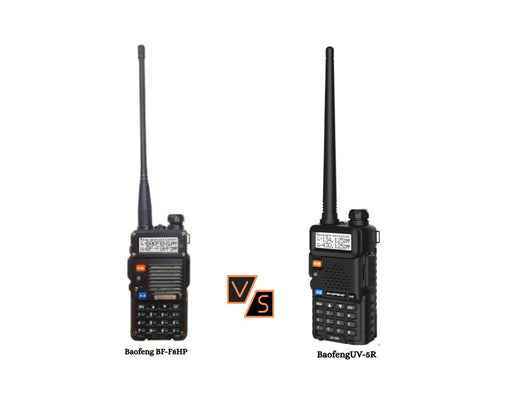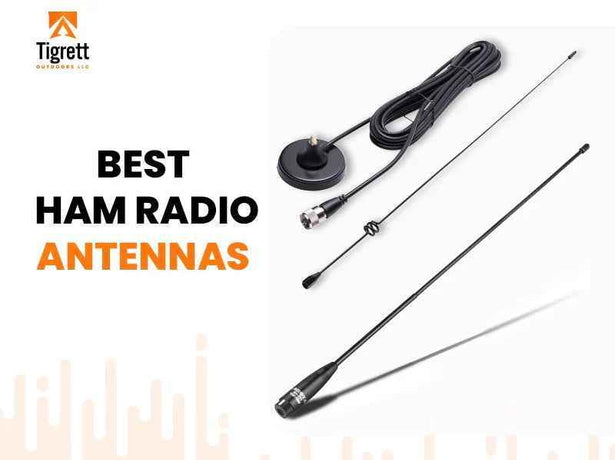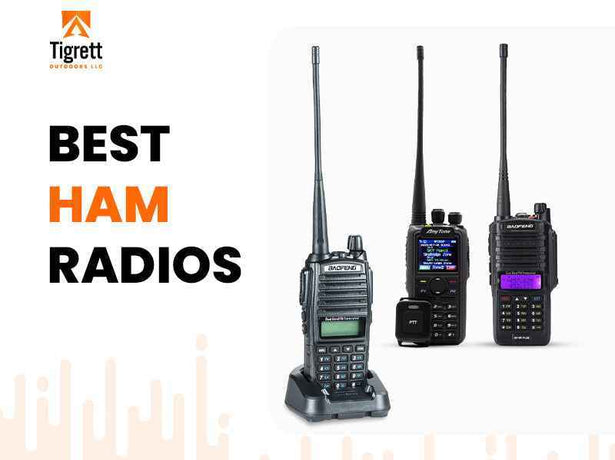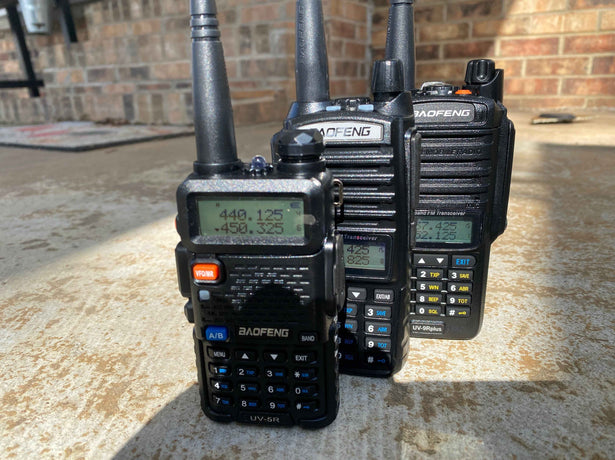In a world where communication can determine survival or isolation, preppers know the value of dependable radio equipment. However, even the best radios can underperform without proper antenna placement. This in-depth guide explores antenna relocation kits, providing step-by-step instructions to significantly boost your radio range and ensure clear, reliable communication when it matters most.
Why Antenna Placement Matters
Antenna placement significantly influences the performance and range of your radio signals. Poor placement can result in weak signals and unreliable communication, which can be unfavorable in emergency situations. By strategically relocating your antenna, you can boost your signal strength and ensure you stay connected when it matters most.
Understanding Radio Waves and Signal Propagation
Radio waves travel in straight lines and can be obstructed by various objects such as buildings, trees, and terrain. Therefore, having a clear line of sight is essential for optimal signal propagation. This is why mounting your antenna higher can make a substantial difference in the performance of your radio.
Introduction to Antenna Relocation Kits
Antenna relocation kits are versatile tools designed to give preppers and radio enthusiasts greater flexibility in positioning their antennas for optimal performance. These kits typically consist of a length of coaxial cable, connectors, and sometimes a mounting bracket or pouch.
The key components of a standard antenna relocation kit include:
-
Coaxial Cable: This is the heart of the kit, allowing you to extend the distance between your radio and antenna. Cables come in various lengths, typically ranging from 3 to 50 feet.
-
Connectors: These are used to attach the cable to your radio and antenna. Common types include PL-259, BNC, and SMA connectors.
-
Antenna Mount: Some kits include a bracket or pouch to securely hold your antenna in its new location.
-
Adapters: These may be included to ensure compatibility with different radio and antenna connector types.


Shop Now Shop Now
The benefits of using an antenna relocation kit are numerous:
-
Improved Signal Quality: By moving your antenna to a better location, you can significantly enhance both transmission and reception.
-
Increased Flexibility: These kits allow you to adapt to different environments and situations, optimizing your setup as needed.
-
Enhanced Safety: In some scenarios, relocating your antenna can help you maintain a safer distance from potential threats while still communicating effectively.
-
Reduced Interference: Moving your antenna away from electronic devices can minimize interference and improve overall performance.
Choosing the Right Antenna Relocation Kit
Selecting the appropriate antenna relocation kit is crucial for achieving the best results with your radio setup. Several factors should be considered when making your choice:
-
Cable Length: The ideal cable length depends on your specific needs and environment. Longer cables offer more flexibility in antenna placement but may result in some signal loss. Consider the distance between your preferred operating position and the optimal antenna location.
-
Cable Quality: Look for low-loss coaxial cable to minimize signal degradation, especially for longer runs. RG-58 is common for shorter distances, while RG-213 or LMR-400 are better for longer runs or higher frequencies.
-
Connector Types: Ensure the kit's connectors are compatible with your radio and antenna. Common types include PL-259, BNC, and SMA. Some kits offer interchangeable connectors for greater versatility.
-
Frequency Range: Make sure the kit is suitable for the frequencies you plan to use. Some cables and connectors perform better at certain frequency ranges.
Choosing the Right Antenna Relocation Kit
Selecting the appropriate antenna relocation kit is crucial for achieving the best results with your radio setup. Several factors should be considered when making your choice:
-
Cable Length: The ideal cable length depends on your specific needs and environment. Longer cables offer more flexibility in antenna placement but may result in some signal loss. Consider the distance between your preferred operating position and the optimal antenna location.
-
Cable Quality: Look for low-loss coaxial cable to minimize signal degradation, especially for longer runs. RG-58 is common for shorter distances, while RG-213 or LMR-400 are better for longer runs or higher frequencies.
-
Connector Types: Ensure the kit's connectors are compatible with your radio and antenna. Common types include PL-259, BNC, and SMA. Some kits offer interchangeable connectors for greater versatility.
-
Frequency Range: Make sure the kit is suitable for the frequencies you plan to use. Some cables and connectors perform better at certain frequency ranges.


Shop Now Shop Now
Step-by-Step Guide to Installing an Antenna Relocation Kit
Properly installing your antenna relocation kit is crucial for maximizing its effectiveness. Follow these steps to ensure a successful setup:
-
Assess Your Environment:
-
Prepare Your Equipment:
-
Route the Cable:
-
Carefully run the cable from your radio to the chosen antenna location.
-
Avoid sharp bends or kinks in the cable, which can degrade signal quality.
-
Mount the Antenna:
-
If your kit includes a mounting bracket, secure it at the chosen location.
-
Attach your antenna to the mount or to the end of the cable, depending on your setup.
-
Secure Connections:
-
Double-check all connections to ensure they're tight and secure.
-
If operating outdoors, consider using weatherproofing tape on connections to protect against moisture.
-
Fine-tune and Optimize:
-
Once basic functionality is confirmed, experiment with slight adjustments to antenna position and orientation to find the optimal setup.
-
Use signal strength meters or feedback from contacts to guide your adjustments.
Troubleshooting Common Issues with Relocated Antennas
Even with careful installation, you may encounter issues with your relocated antenna. Here are some common problems and their solutions:
-
Weak or No Signal:
-
Intermittent Reception:
-
Look for loose connections that might be affected by wind or movement.
-
Check for corrosion on connectors, especially in outdoor setups.
-
Increased Noise or Interference:
-
Move the antenna further from potential sources of interference (e.g., electronic devices, power lines).
-
Try changing the antenna's polarization or height.
-
Decreased Range Compared to Original Setup:
-
SWR (Standing Wave Ratio) Issues:
-
Weather-Related Problems:
-
Mechanical Issues:
Maintaining Your Antenna Relocation System
Regular maintenance of your antenna relocation system is crucial for ensuring its longevity and optimal performance. Here's a comprehensive guide to keeping your setup in top condition:
-
Routine Inspections:
-
Conduct visual checks at least monthly, or more frequently in harsh environments.
-
Check that all mounting hardware remains secure and tight.
-
Weather Resistance:
-
Cable Care:
-
Inspect the entire length of the coaxial cable for cuts, kinks, or damages.
-
Avoid sharp bends in the cable, which can degrade signal quality over time.
-
Connector Maintenance:
-
Clean connectors periodically with isopropyl alcohol and a soft brush.
-
Check for tightness and retighten if necessary, but avoid over-tightening.
-
Grounding System:
-
Safety First:
By following these maintenance guidelines, you can significantly extend the life of your antenna relocation system and ensure it remains ready for reliable communication when you need it most.
Conclusion:
Maximizing your radio range with an antenna relocation kit is a practical and effective way for preppers to enhance their communication capabilities. By following these step-by-step instructions and considering additional accessories, you can ensure reliable communication in any situation. Remember, a well-placed antenna is the key to staying connected when it matters most.

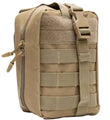
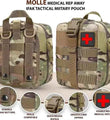

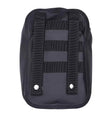
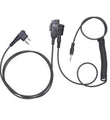
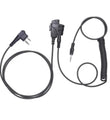
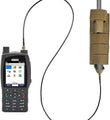
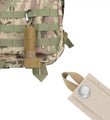
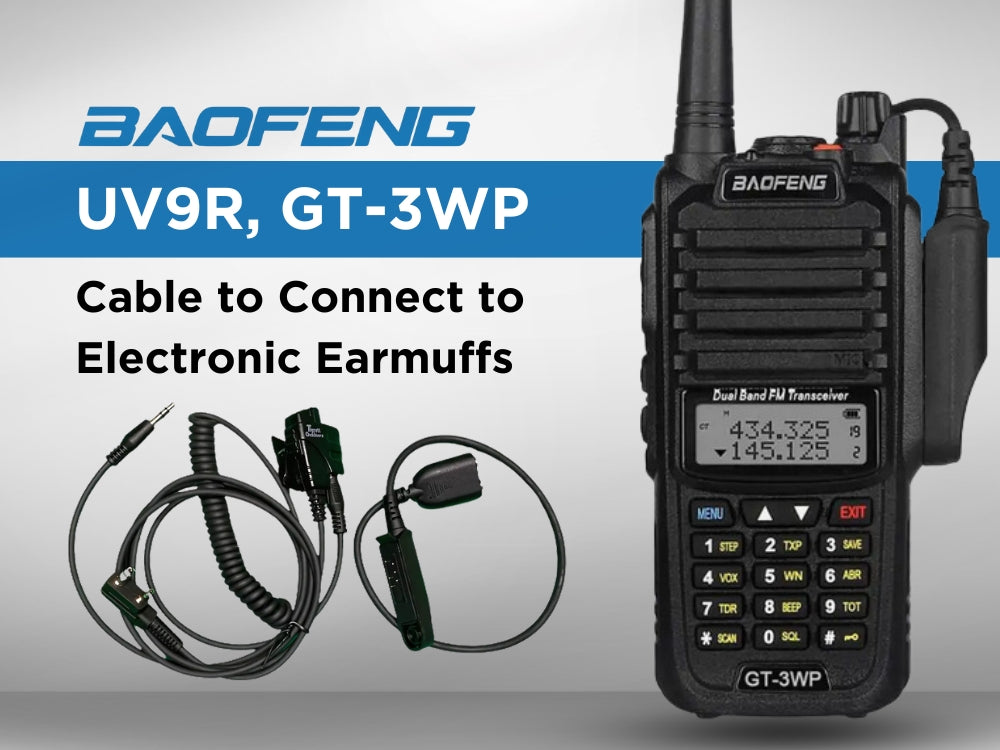

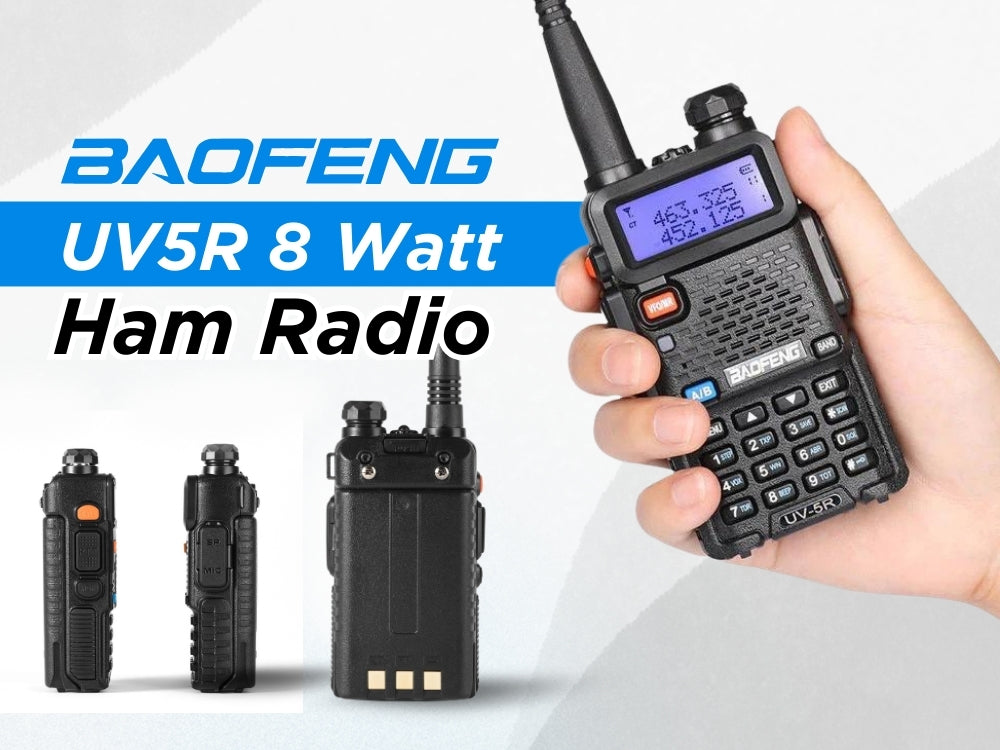
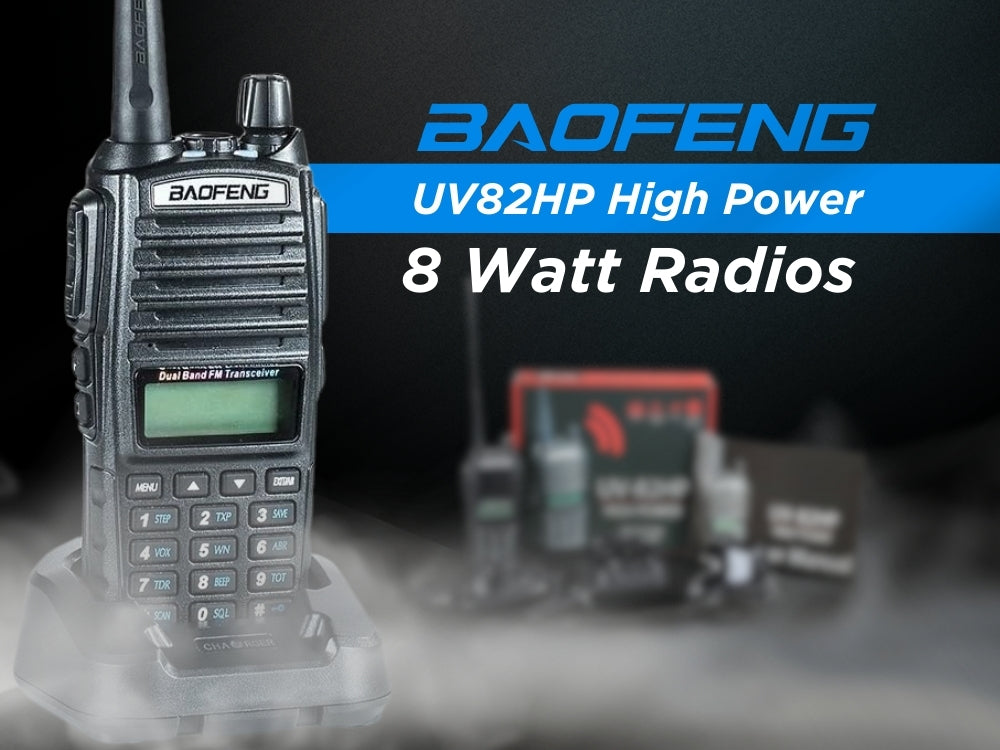
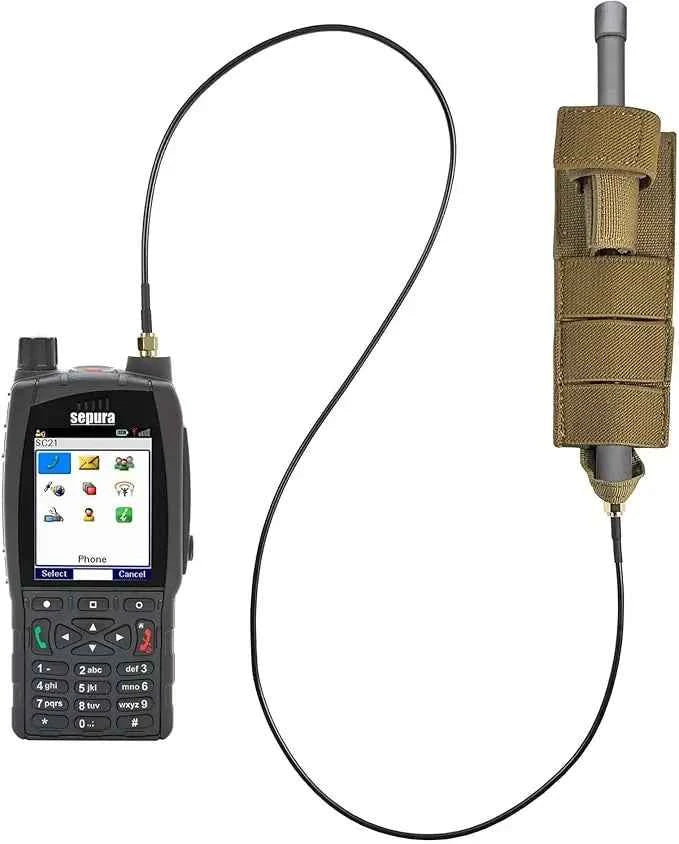





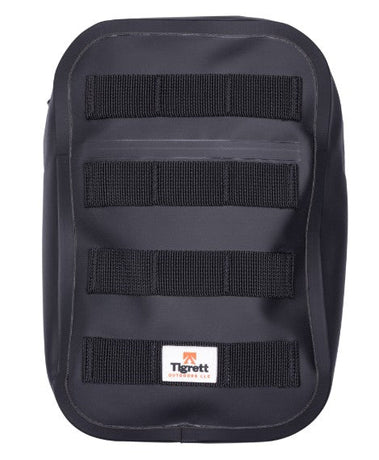
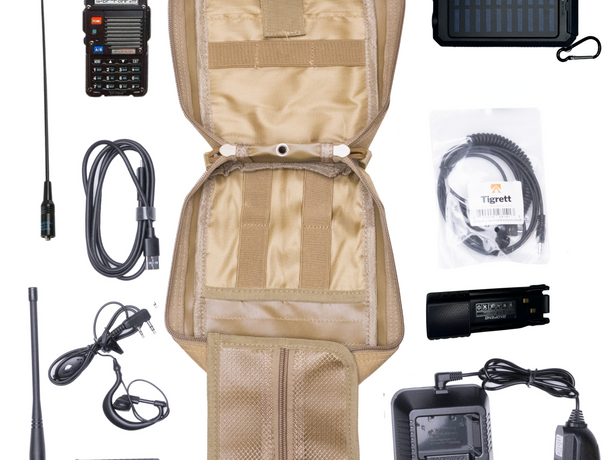
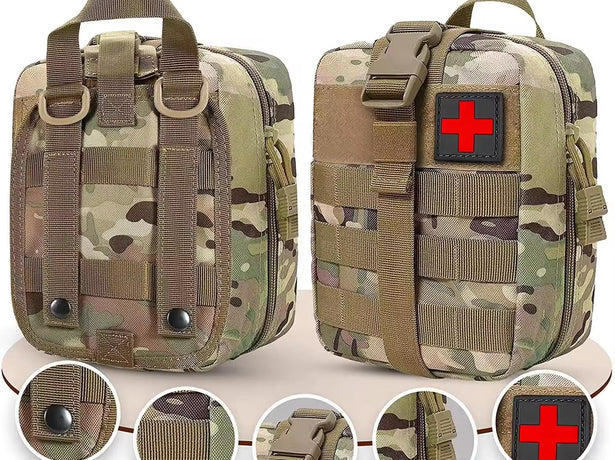
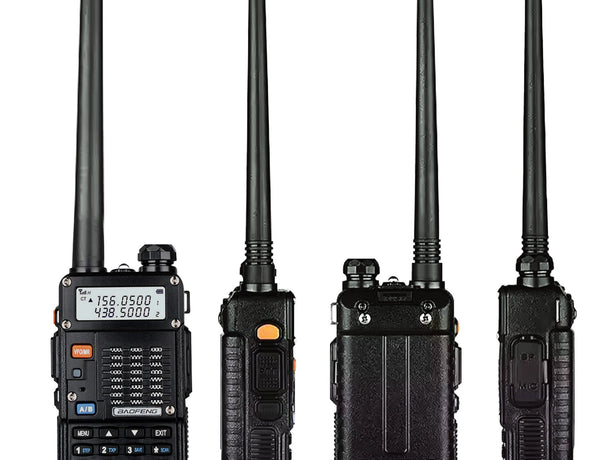

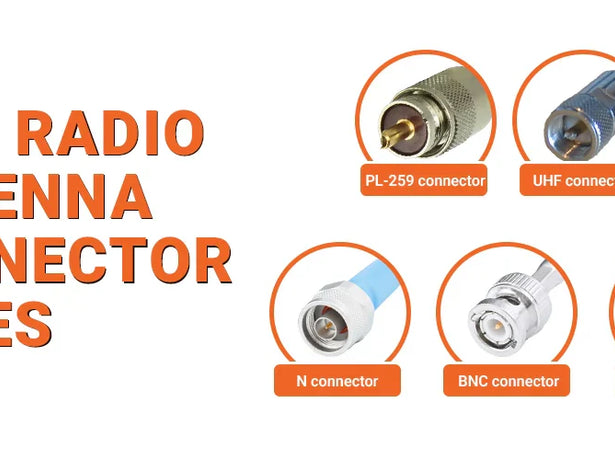
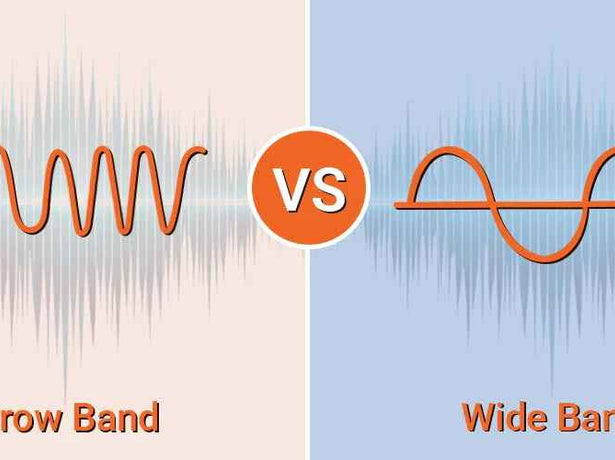
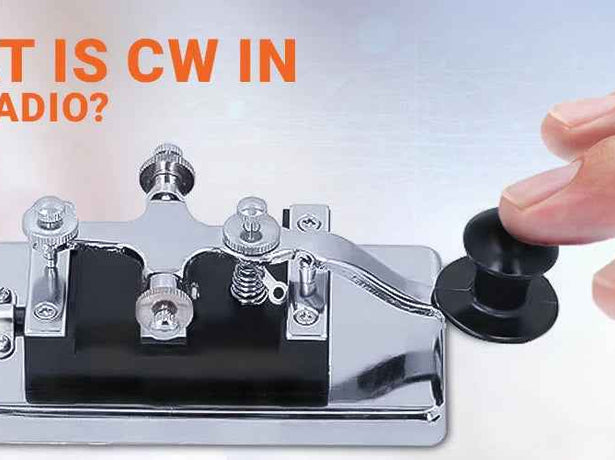



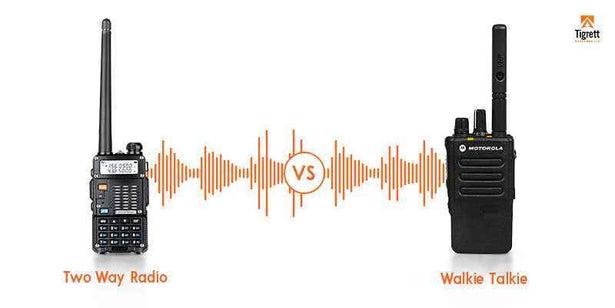
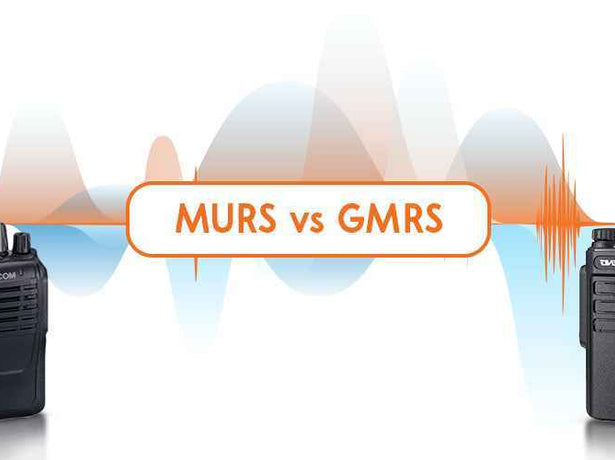
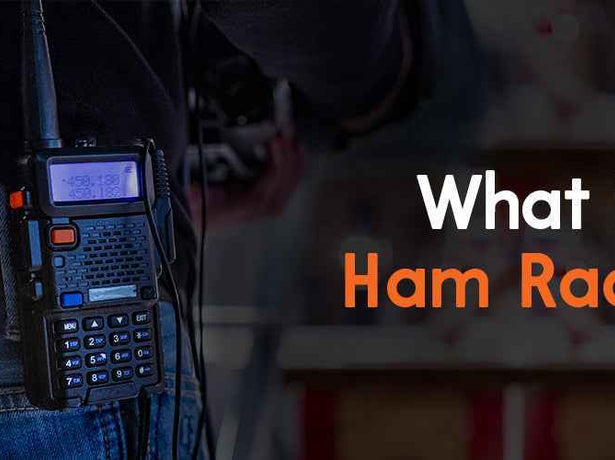

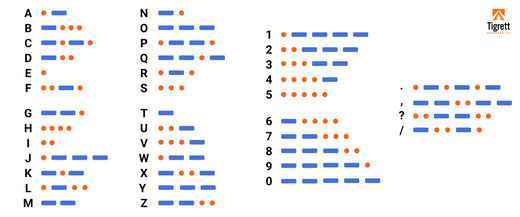

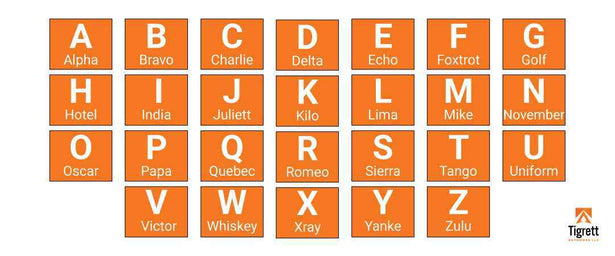
![What Does 73 Mean in Ham Radio? [Explained]](http://tigrettod.com/cdn/shop/articles/1741427464_615x460_crop_center.jpg?v=1741427465)

![How Much Does a Ham Radio Cost? [Everything Explained]](http://tigrettod.com/cdn/shop/articles/1741427457_615x460_crop_center.jpg?v=1741427458)

![How To Renew Ham Radio License? [Before the FCC Thinks You Vanished]](http://tigrettod.com/cdn/shop/articles/1741427449_615x460_crop_center.jpg?v=1741427450)
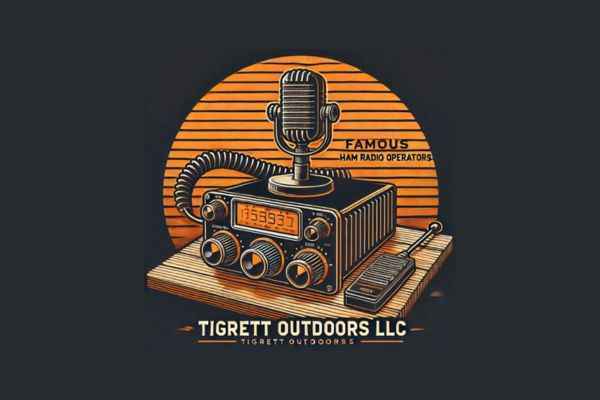

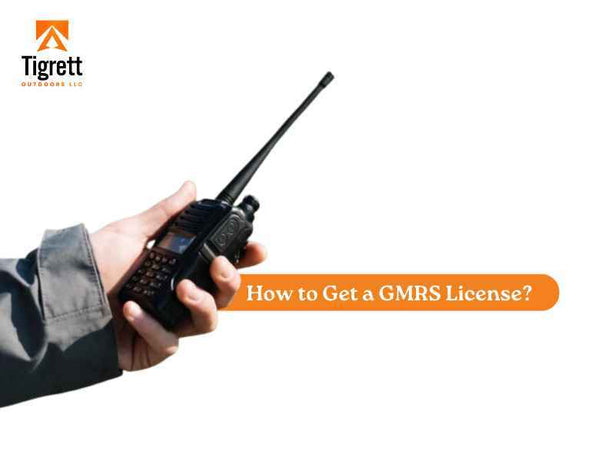
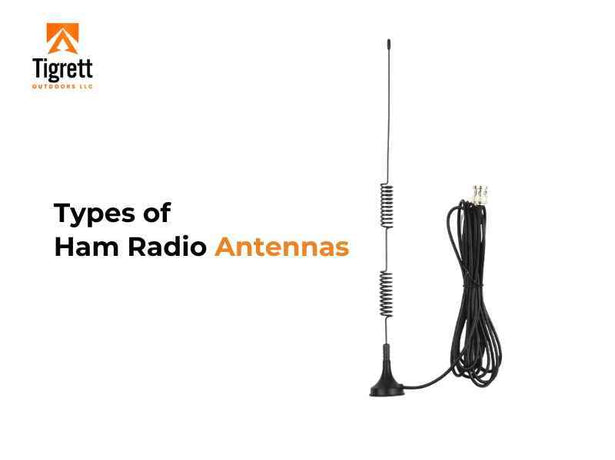
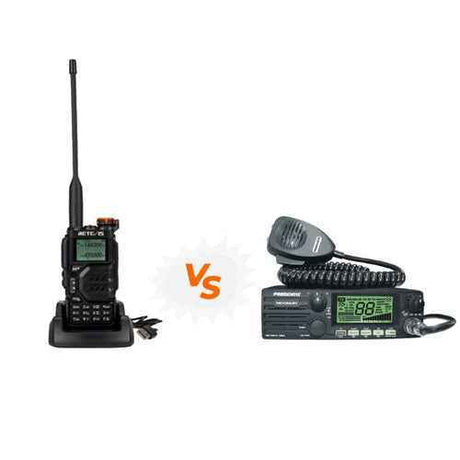
![Why the Height of a VHF Radio Antenna Is important? [Explained]](http://tigrettod.com/cdn/shop/articles/1741427428_615x460_crop_center.jpg?v=1741427429)
![How to Use Baofeng UV-5R as a Walkie Talkie? [Explained]](http://tigrettod.com/cdn/shop/articles/1741425757_615x460_crop_center.jpg?v=1741425758)
